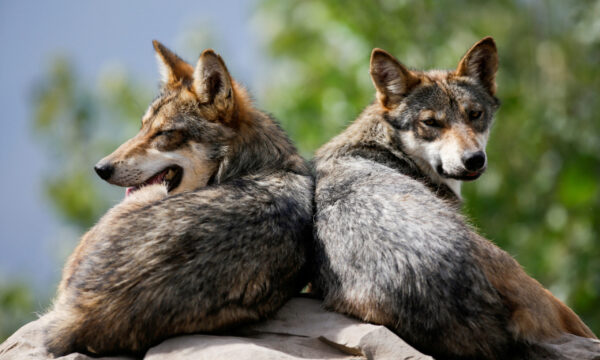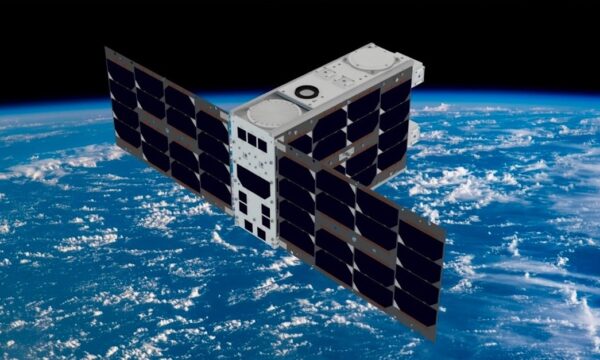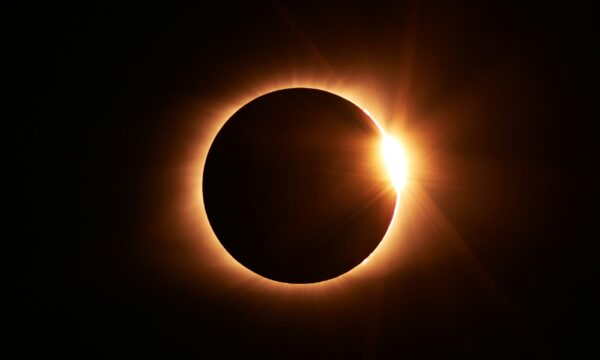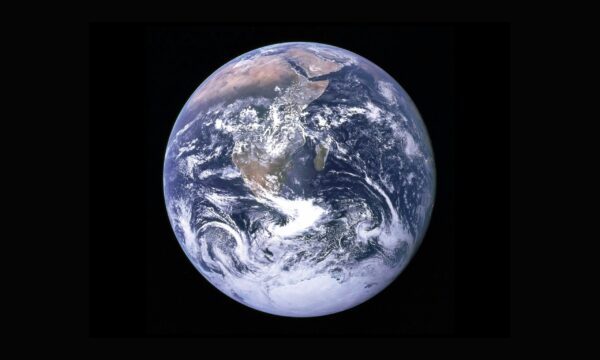Protecting 1.2% of Earth would prevent most extinctions, study says
By Jake Spring SAO PAULO (Reuters) - Setting aside an additional 1.2% of the world's land as nature preserves would prevent the majority of predicted plant and animal extinctions and cost about $263 billion, according to a study published on Tuesday. The
AI in Earth observation: a force for good
AI in Earth observation: The European Space Agency (ESA) has selected the PhiFireAI project of the Italian Thales Alenia Space team, together with 'Irma' of the French team, to test their technologies in orbit onboard the Φsat-2 satellite. A microsatellite,
The fate of earth when our sun dies
Have you ever wondered what will happen to Earth when the sun dies? It's a fascinating and somewhat daunting topic, but understanding the process can give us a clearer picture of our solar system's future. Here's what scientists predict will happen when
What happens with the comet that will approach the Earth in October
Numerous comets have been visible in the sky in recent years. Still, one comet currently racing towards Earth could put them to shame: comet C/2023 A3 (Tsuchinshan-ATLAS) is named after its discoverers, the Purple Mountain observatory in China (Tsuchinshan) and the ATLAS
Understanding of Earth’s flowering plants blossoms in genome study
By Will Dunham WASHINGTON (Reuters) - Flowering plants - from corn, wheat, rice and potatoes to maple, oak, apple and cherry trees as well as roses, tulips, daisies and dandelions and even the corpse flower and voodoo lily - are cornerstones
Can technology give solutions to save Earth?
Earth: he alarming news that our planet faces detrimental challenges has been in the spotlight for many years. In 2023, the world reached the highest temperature on record, which was previously broken in 2016. Accompanying rising temperatures, countries around the globe have been experiencing
Scientists reveal secrets of Earth’s magnificent desert star dunes
By Will Dunham (Reuters) - They are among the wonders of our deserts: star dunes, the vaguely pyramid-shaped sand formations up to about 1,000 feet (300 meters) tall with arms stretching out from a central peak to give them a star-like
Explainer video: dealing with space debris
As humans continue to explore and exploit the vast expanse of space, a growing concern is emerging in the form of space debris. Space debris, also known as space junk or orbital debris, consists of defunct satellites, spent rocket stages, fragments from









